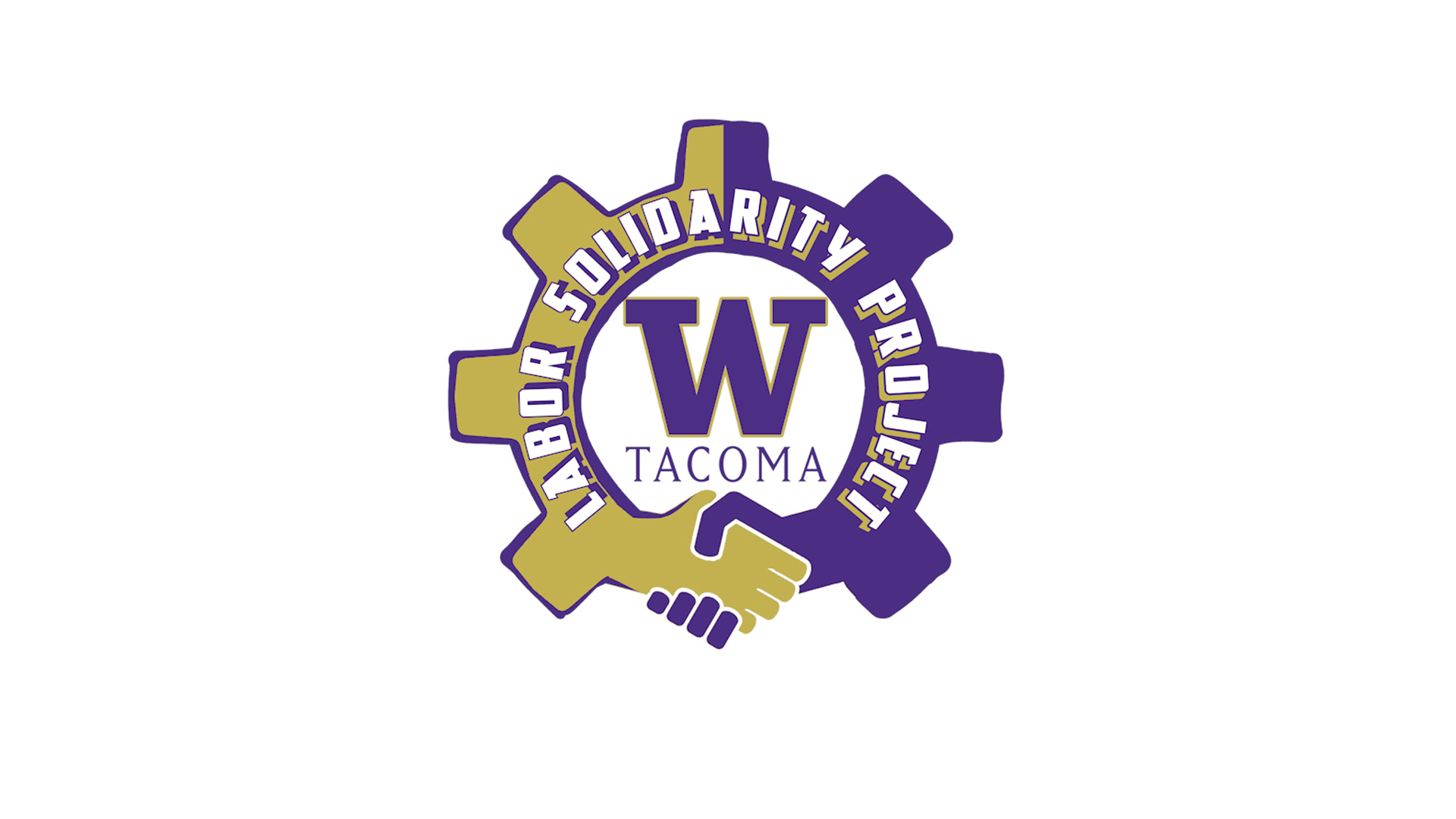LSP: Discussing Tacoma’s working-class history
Undergraduate intern, Casey Wagner, talks about the Labor Solidarity Project on the UWT campus.
With Tacoma being home to an extensive working-class history, the Labor Solidarity Project on the UW Tacoma campus is a project that seeks to have conversations about labor within the South Sound. Undergraduate Intern, Casey Wagner, spoke to The Ledger about what LSP is and what it aims to do.
“LSP is a group of professors and a couple students who are working to promote labor studies at UW Tacoma. This has been done through specific research projects, highlighting of local labor events, and the hosting of regular guest speakers through public lecture series,” Wagner said.
The circumstances under which it came to fruition can be attributed to lobbying done by a group of professors for a labor studies program at UW Tacoma. This occurred back in 2019, when UW Tacoma had no such programs on campus. Now, the project works to emphasize the importance of labor on campus.
“Labor history is an essential, but mostly overlooked part of U.S. and World history. It tells the stories of everyday people who make society function and their struggles for dignity and humane treatment from their employers,” Wagner said.
While students, staff and faculty may not know it, Tacoma has a deep history of labor radicalism. This history dates back to the mid 1850s when Tacoma was a prominent port city chosen as the terminus of the Northern Pacific Railroad.
Because of Tacoma’s growing population of loggers, non-specialist factory hands, longshoremen and other ‘unskilled labor,’ labor unions — such as the Industrial Workers of the World — staged strikes and public gatherings throughout the region. Harry Bridges would emerge as a prominent organizer for the working class of the Pacific Northwest.
“San Francisco longshoremen organizer Harry Bridges helped lead a three month West Coast waterfront strike in 1934, shutting down every major port from California to Seattle, and resulted in the unionization of every West Coast port,” Wagner said.
As a figure, Harry Bridges is still as important today. He went on to form the International Longshore and Warehouse Union (ILWU), one of the most powerful and militant unions in the country. They’ve staged walkouts and strikes in solidarity with the Civil Rights movement, Anti-Aparthied and Black Lives Matter.
“Tacoma has a long and deep labor history that is easy to overlook, but its effects can be found everywhere from the working conditions we have today, to the names on the street signs we drive past,” he said.
Because there is so much information readily available about Tacoma’s history, Casey and those involved in this project got to work. The others involved in this project are Professors Margaret Griesse, Sonia De La Cruz, Michael Honey, Zaher Kmail, Anna Lovasz, Alex Miller, Charles Williams, Ariana Ochoa Camacho, and Graduate Coordinator Adam Nolan.
The project was primarily funded by the Harry Bridges Center for Labor Studies at UW Seattle. However, in recent months, UW Tacoma’s School of Interdisciplinary Arts and Sciences has been providing support. Because of the pandemic, the project was forced to take on an online platform to continue to host its events.
“We’ve held over twenty lectures covering topics such as working conditions within Amazon warehouses, how longshoremen helped fight aparthied in South Africa, labor organizing in the porn industry, and interviews with the stars of recent PBS documentary ‘9to5’,” Wagner said.
If you go on the project’s website and find there’s an event you missed, you can still watch the lecture through their Youtube channel. It contains recordings of the various lectures and events that have been held under the banner of the “Labor Solidarity Project.” If the speakers give the okay, the LSP typically posts the recording three to four days after it was recorded.
As for research, research undertaken by faculty with the LSP has ranged from the study of universal basic income, organizing in-home care providers, and how Norway’s economic landscape compares to the United States.
Academic curriculum is also included within this project. During the fall quarter of 2020, LSP organized TIAS 305, a class linked with that quarter’s lecture series. The class attended a lecture each week and then wrote and discussed the topic covered in the following class.
Although LSP has not yet announced if another course will be held in association with a lecture series in the future, LSP still has future events and prospects in mind. There are several ways students, staff and faculty can get involved.
“The best way at this time is to join our mailing list and promote the events on social media as they come up,” he said.
From this project, Casey has learned that Labor studies not only helps us frame the tentpole events in history, but gives us a peek into the everyday conditions humans have dealt with, struggled against, and overcome through solidarity with one another.
“Labor struggle is what brought us the weekend, the 8-hour workday, and the end of child labor in the US, and yet, it is very rarely recognized. Labor struggles have culminated into mass movements which define nearly every era of our country,” Wagner said.
For more information and how to get involved:
View past recorded events on their Youtube channel: https://www.youtube.com/channel/UCitHho9UhvvSKxZolF-7ywg
Sign up via google form: https://bit.ly/3fbEGo3
More information: https://labor.washington.edu/uwtacoma



